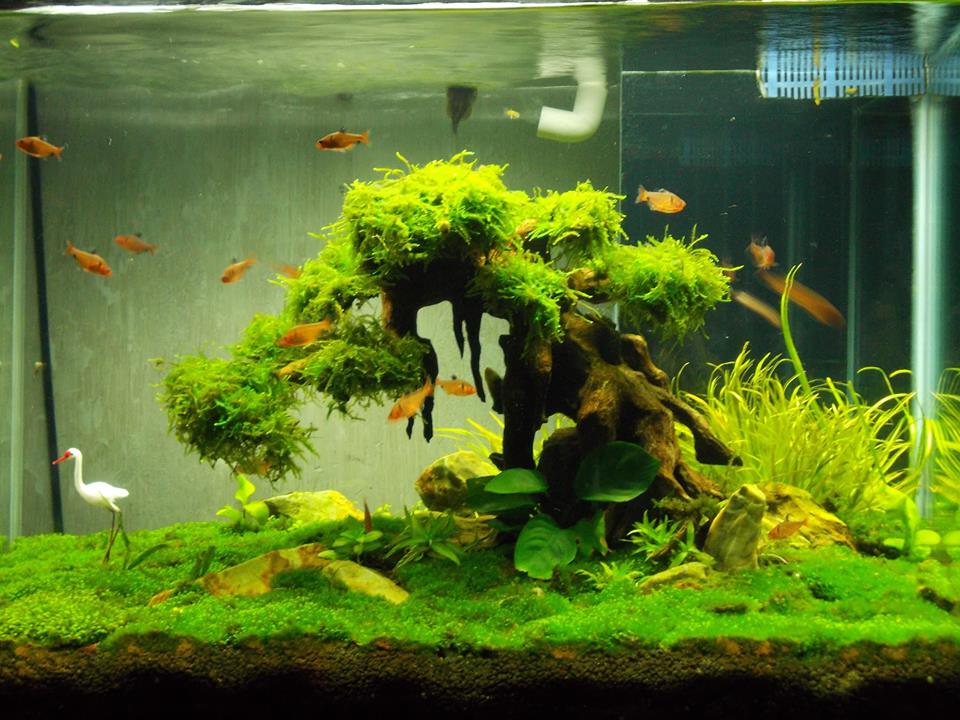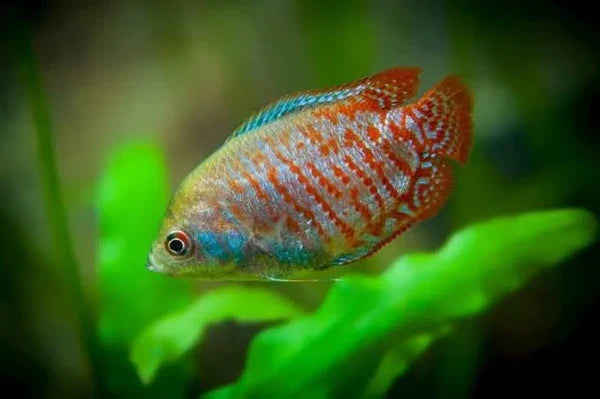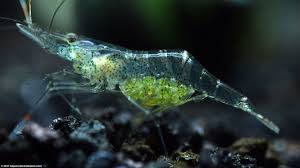Importance of Aquascaping
What is Aquascaping?
Why Do You Need to Think About Aquascaping?
What is the Importance of Aquascaping?
What is the Latest Trend of Aquascaping?
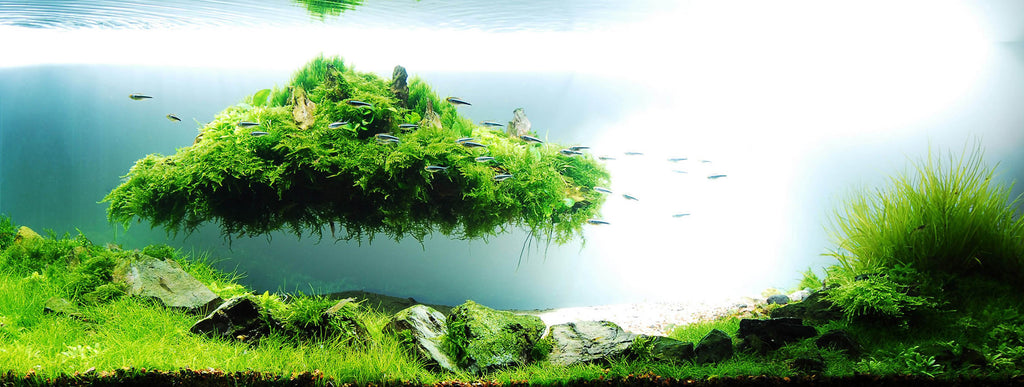
Aquascaping is the art of arranging aquatic plants, rocks and driftwood in an aquarium.
Somewhere between Japanese flower arranging and underwater landscaping, aquascaping is a relaxing and satisfying hobby. Easy to pick up, aquascaping works for the benefit of not only you but your marine friends.
Each landscape is completely unique to you and can be adjusted over time to suit changing marine inhabitants and artistic preferences.
There are several different styles of aquascaping; from naturescaping, which aims to mimic a real-life natural landscape on a smaller scale, to Dutch style, which focuses on the culture and arrangement of aquatic plants, to Iwagumi, in which rocks are the stars.
Jungle style is great for beginners and has the untamed appearance of real-life wilderness, biotope style is a hardscape which utilizes driftwood and stones as its foundation, and paludariums emanate tropical environments in which above sea-level forestry meets small bodies of water.
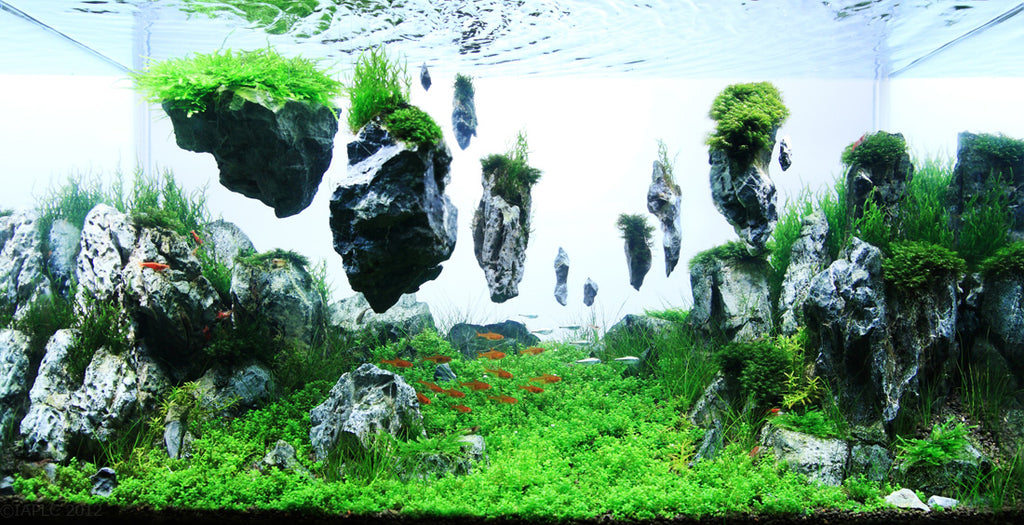
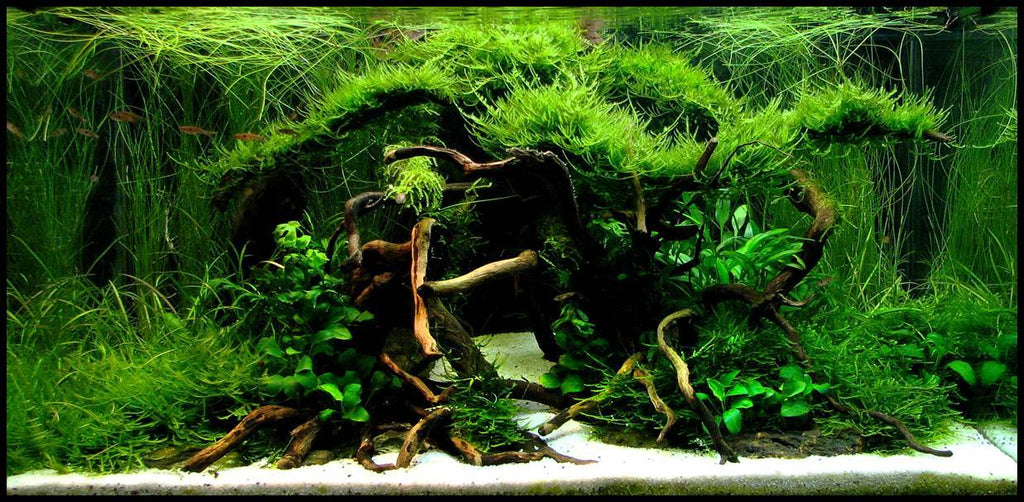


Aquascaping fuels imagination and creativity. When completed, the artist has the pleasure of watching marine life enjoy the complexity or simplicity of their creation. The draw of a miniaturized world has its own aesthetic pleasures and ‘otherworldliness’, but nothing beats the ethereal sight of fish swimming through ancient trees, in their own little Atlantis.
Like tending to a stress garden or practising Ikebana, aquascaping is a slow art form which requires patience and a meticulous eye for detail and design. When accomplished with love and focus, aquascaped gardens can be objects of great pride in the home, taking bulky, room-occupying aquariums from eyesores to centrepieces and conversation starters.
Newcomers are sometimes surprised to learn that there is as much science to aquascaping as there is art. Early Dutch aquascaping hobbyists began competitions in which the participants were judged not only on composition but also on the biological well-being of the aquarium’s inhabitants.
Many pivotal factors must be taken into consideration when balancing the aquariums contracted ecosystem, including filtration, maintaining carbon dioxide to support photosynthesis underwater, substrate and fertilization, lighting, and algae control. Aquascapes exist in a delicate balance and keeping this balance is a skilled technique learned over time.
Learning what does and doesn’t work, what plant life compliments what marine life and vice versa is all part of the joy and intricacy of aquascaping.

Latest Trend of Aquascaping

Bonsai driftwood is the latest trend to hit aquascaping and is the ultimate accessory to any underwater landscape. Available online from Sydney based company, Exoaquaristic, bonsai driftwood adds another dimension to your underwater gardens, taking them from ordinary to extraordinary.
Each piece is handcrafted in Vietnam by skilled artists who meticulously bind fragments of aquarium-safe wood together. The end result is a beautiful bonsai imitation that is not only safe for your underwater aquascape but can actually soften the water (KH level) and therefore lower the pH level.
When layered with rocks, moss and integrated into the homes of your fish, bonsai driftwood is undoubtedly the best way to take aquascapes to the next level.
